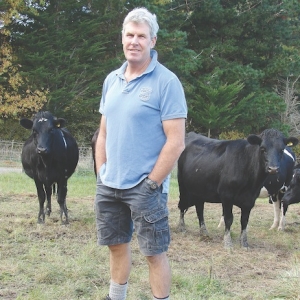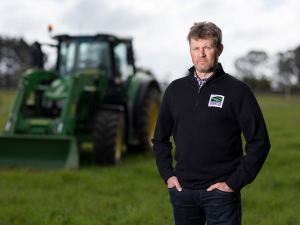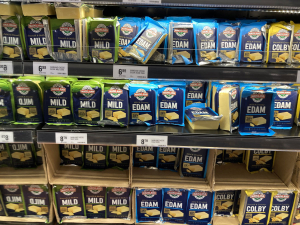“Traditional areas are changing and those bigger farms in the South Island are harder to manage and they need a different way of dealing with things,” he told Dairy News. “What works in a 300-cow farm in Waikato is different from a 1000-cow operation in Canterbury.”
‘LIC does not stand still’ was the main message of his annual report to the annual meeting last week, he says.
“Every year we are generating new products and services as our farming systems change, our farms change and the location of our cows change. We have to do more and more to satisfy an ever-growing range of requirements.”
The board has approved $42.1m for a major upgrade of the backroom IT systems, which will take several years to complete. “We can also develop new and more high-tech IT type products,” he says. He earlier said there were now more mobile phones in the world than toothbrushes.
Earlier King told the meeting one million cows have moved out of low cost pasture based farming systems and into more intensive farming systems reliant on ever increasing supplementary feeds. Pastoral genetics had not kept pace with the increased genetic gain in cows.
Farming structures are changing with fewer herd owning sharemilker positions and more large scale equity sharing partnerships. Cross bred cows are already the most common breed at about 50% of the total cow population and growing. Jerseys have diminished to just 12%.
“All these subtle changes challenge us in the range of products and services expected by our shareholder customers,” he says.
Many products and services developed by LIC are taken for granted by farmers.
“We now have farmers who never have a bull on the farm and all cows are automatically detected and drafted ready for mating. Herds of 1000 cows are milked by a single person and, in the not too distant future, those cows will be genotyped for specific attributes and characteristics to generate high value products for specific markets.”
King says LIC paid a record dividend to shareholders of $16.75m ($12M in 2012). This represented 80% of underlying earnings and was at the top end of the co-op’s policy range.
King says there is a perception sometimes relayed to LIC that the cooperative is making too much money and that its charges are too high. LIC costs have averaged 10c/kgMS, or 3% of total farm costs over the last 11 years. Farm running costs have increased by about 58% but breeding and herd improvement costs have decreased slightly.
A recent study showed productivity gains from genetic improvements were worth $390 m per annum to the economy. LIC believes its contribution to that is about $373m.









